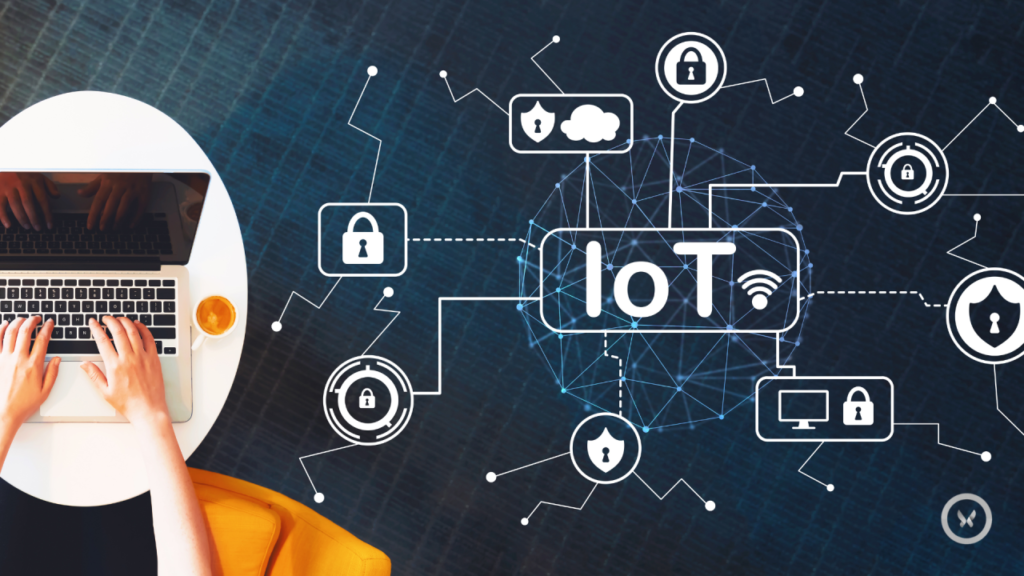
The Internet of Things (IoT) is significantly transforming the insurance industry by integrating smart devices into various aspects of risk assessment, underwriting, and claims management. This technological advancement enables insurers to collect real-time data, leading to more accurate risk evaluations and personalized policy offerings.
1. Enhanced Risk Assessment:
IoT devices provide insurers with real-time data, allowing for precise risk evaluations. For example, in auto insurance, telematics devices monitor driving behaviors such as speed, acceleration, and braking patterns. This data enables insurers to offer usage-based insurance (UBI) policies, tailoring premiums to individual driving habits. citeturn0search3
Similarly, in property insurance, smart home sensors detect environmental factors like temperature fluctuations, humidity levels, or water leaks. This information helps insurers assess risks more accurately and offer personalized coverage options. citeturn0search10
2. Personalized Pricing Models:
The integration of IoT data facilitates personalized pricing strategies. For instance, auto insurers can utilize driving behavior data from telematics devices to adjust premiums, rewarding safe driving practices with discounts. This approach moves beyond traditional demographic-based pricing, aligning premiums more closely with individual risk profiles. citeturn0search3
3. Streamlined Claims Processing:
IoT devices expedite the claims process by providing immediate data following an incident. In the event of a car accident, telematics can relay information about the crash’s severity and circumstances, allowing for swift claims assessment. Similarly, smart home sensors can detect incidents like water leaks or fires, automatically notifying insurers and facilitating prompt claims handling. citeturn0search10
4. Proactive Risk Management:
Beyond assessing and responding to risks, IoT enables proactive risk management. For example, wearable health devices monitor users’ physical activity and vital signs, allowing health insurers to offer incentives for healthy behaviors. This proactive approach not only benefits insurers through reduced claims but also promotes healthier lifestyles among policyholders. citeturn0search10
5. Fraud Detection:
The data collected from IoT devices enhances fraud detection capabilities. For instance, discrepancies between reported incidents and IoT data can signal potential fraud. If a vehicle’s telematics data shows no movement during the time of an alleged accident, insurers can investigate further, reducing fraudulent claims. citeturn0search10
6. Improved Customer Engagement:
IoT fosters continuous engagement between insurers and policyholders. Real-time data collection allows insurers to offer personalized services, such as timely maintenance reminders for vehicles or homes, enhancing customer satisfaction and loyalty. citeturn0search3
Challenges and Considerations:
While IoT offers numerous benefits, it also presents challenges, particularly concerning data privacy and security. Insurers must implement robust measures to protect sensitive information and comply with data protection regulations. Additionally, integrating IoT data into existing systems requires significant investment in technology infrastructure to ensure seamless data flow and analysis. citeturn0search10
In summary, IoT’s integration into the insurance sector represents a shift towards data-driven, personalized, and proactive risk management. By leveraging real-time data from smart devices, insurers can enhance operational efficiency, offer tailored products, and improve customer experiences, all while navigating the complexities of data governance and technological integration.